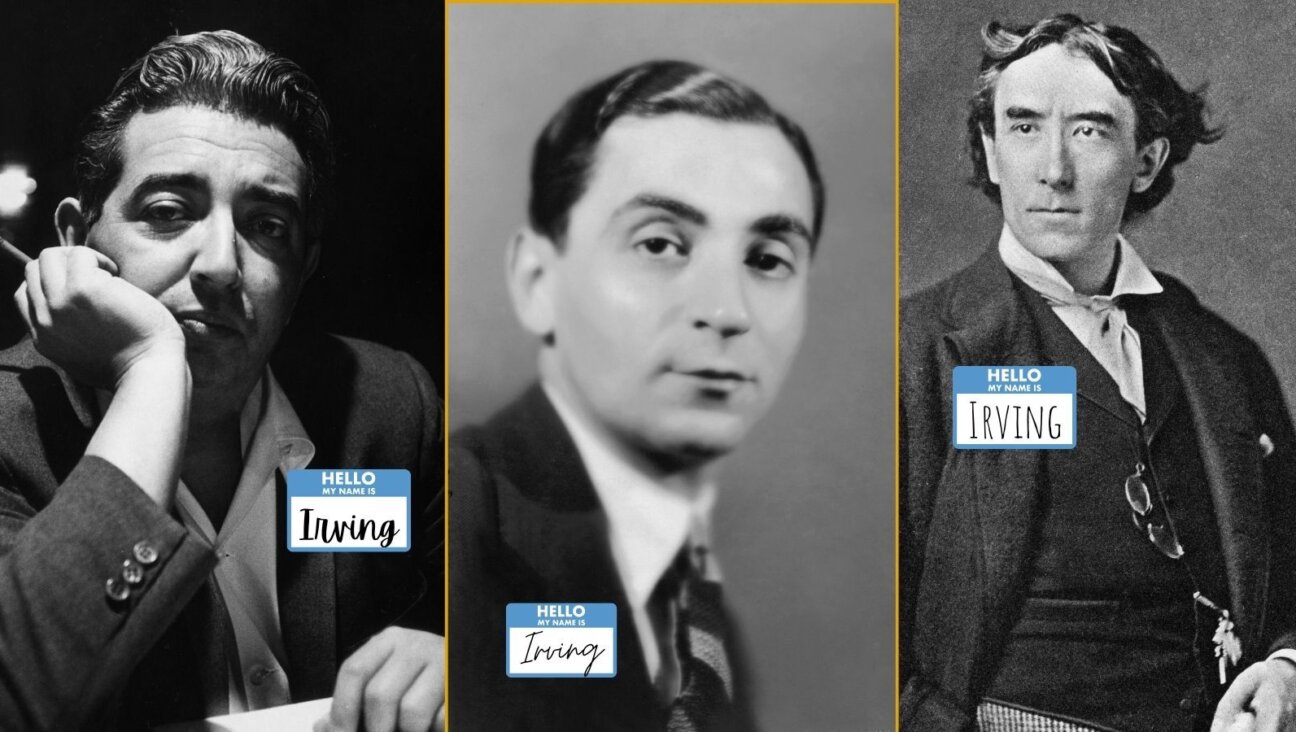Myths and Facts
A common belief that turns out to be a myth, and an assumed myth that might be true: This is the balance sheet of my March 14 column, “Last Names, Lost In Translation.”
For believing in the myth, I have been properly chastised by Arthur S. Abramson of Mansfield, Conn., and the novelist Dara Horn. Mr. Abramson writes that he was “somewhat dumbfounded” by my account of the handling of immigrants by American officials on Ellis Island, and continues:
“The Ellis Island official did not depend simply on his understanding of a name as uttered by the immigrant. Rather, he had before him the vessel’s passenger list, which had been prepared well before arrival in New York harbor. Indeed, the lists were generally made up at the port of embarkation in Europe. Once a name was matched with a person from that vessel, the official just had to copy it from the list. The myth about the changing of names by Ellis Island officials has long been debunked in genealogical circles.”
To which Ms. Horn adds the additional corrective:
“By the time Ellis Island was up and running in 1892 (immigrants to New York in the decades prior to this were processed at a smaller facility called Castle Garden on Manhattan proper), the official apparatus was vast enough for there to be no shortage of translators for even the more obscure European languages (and Yiddish hardly qualified as obscure) — Fiorello LaGuardia was one of the more famous ones. Moreover, the immigration officials often didn’t even need to resort to translators, since they themselves were frequently multilingual in the relevant languages. The idea that immigration officers were simply overwhelmed rent-a-cops, filling out forms and accidentally turning Cohens into Kennedys on a daily basis, is a bobe mayse. What’s interesting about it is that our bobes themselves made it up, because names that were changed during the immigration process were almost always changed by the immigrants themselves. Many such changes, including the example in your column of Vaytz being changed to Weiss, most likely reflected Jewish social anxieties that we scarcely remember now, such as the desirability of a German-sounding rather than Eastern-European-sounding name. For many people, it was probably easier to blame Ellis Island for the loss of a family legacy than to take the credit themselves.”
I stand corrected by both these letters. And yet Mr. Abramson has, in a way, just pushed the question of what happened with the transcription of Jewish immigrant names from Ellis Island back to the ports from which the immigrants embarked. This is because the shipping clerks who compiled the lists of passengers in Europe, and had to deal with Yiddish speakers who did not know the Latin alphabet, would have had to make guesses similar to those mistakenly attributed by me to American immigration officials at Ellis Island, so that ultimately the same kinds of inaccuracies and mistakes would have occurred in some of them. These simply would have taken place at an earlier stage in the immigration process.
And on the other hand, the well-known joke I told in the same column about the Jewish immigrant named “Sean Ferguson” would appear to have a kernel of historical truth. Forward reader Eldad Ganin has sent me the following excerpt from a genealogical Web site called Avoteynu (Hebrew for “Our Forefathers”), posted by a researcher named Gary Mokotoff. Mr. Mokotoff writes in the excerpt, “There really was a Sean Ferguson… almost,” and tells us that the origins of the story have been traced to the case of one “Samuel Forgotson,” who immigrated to the United States in the 1860s. According to his grandson, Tracy Ferguson of Syracuse, N.Y., Mr. Forgotson settled in upper New York State, where he Americanized his name to Ferguson. Tracy himself eventually became a fundraiser for a Jewish organization. And, Mr. Mokotoff tells us:
“Tracy’s associates pointed out that his peculiarly non-Jewish name, Ferguson, might be a detriment to his fund-raising ability, so Tracy turned disadvantage to advantage by inventing a story. He told his audience that his unusual name was derived in an unusual way when his grandfather, Samuel Forgotson, arrived at Ellis Island and blurted out in a moment of panic ‘Shayn fargesn’ to the question, ‘What is your name?’ The story brought gales of laughter from the audience, so Tracy continued to use it as a warm-up introduction in his appeals for funds…. The story so caught the fancy of the public that it was passed from person to person until it became part of Jewish-American folklore.”
Although, as Dara Horn points out, Ellis Island was not yet an immigrant station in the 1860s, this would indeed seem to be the source of the “Sean Ferguson” story —and the story itself, it strikes me, may have even more truth in it than Mr. Mokotoff allows. After all, where could the strange English name “Forgotson” have come from? Isn’t it likely that this was some shipping clerk or immigration official’s private joke, made when a Jewish immigrant to the United States couldn’t remember the name he had invented for himself? I, at least, can’t think of a better explanation of it. Under the name of Samuel Forgotson, Sean Ferguson may have really existed.
Questions for Philologos can be sent to [email protected].















